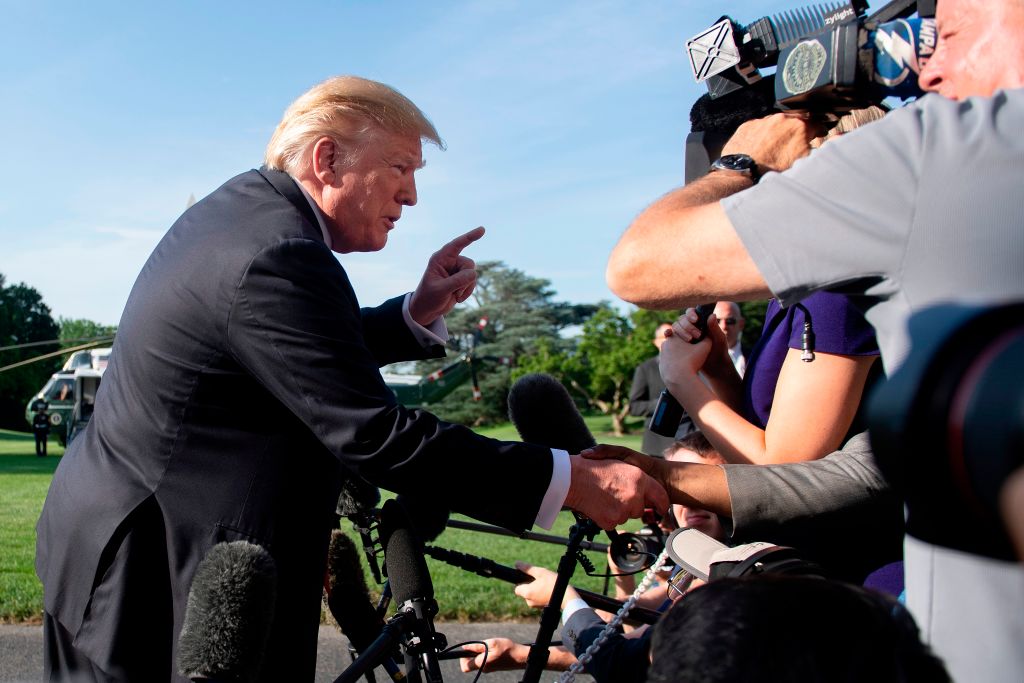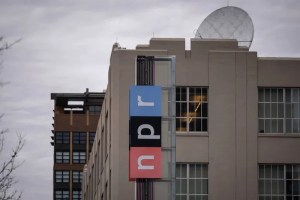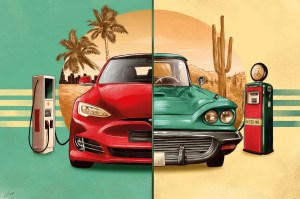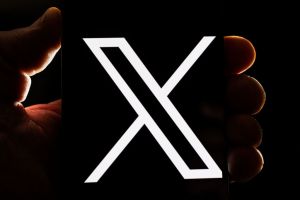The news media of the late 1700s and early 1800s consisted almost entirely of partisan political operations. Ron Chernow, the biographer of Washington and Hamilton, describes the newspapers of that era as ‘avowedly partisan’, with ‘no pretense of objectivity’. It was, Chernow, writes, a ‘golden age for wielding words as rapier-sharp political weapons’.
Some two centuries later, we are returning to a media landscape in which the majority of sources are ‘avowedly partisan’ with little pretense of the objectivity that only a few decades ago was a hallmark of American journalism.
This reality might be acceptable to citizens if they felt both sides of the political divide were represented proportionally, but that isn’t the case at all. Similarly, the lack of balanced representation may be easier to swallow if the majority of Americans had abandoned one party in favor of another. But that hasn’t happened either. Instead, American party affiliation is about the same on both sides of the political aisle. According to Gallup’s latest polling, 28 percent of Americans consider themselves to be a Republican and 28 percent of Americans consider themselves to be a Democrat.
Both parties turned out to vote in the 2016 election. Even though Donald Trump lost the popular vote, some 63 million Americans still chose him as their president. That alone should have motivated personnel changes in every newsroom. Even more tellingly, three years later President Trump is still shockingly popular among members of his own party. His Republican approval ratings are a staggering 89 percent. One recent poll even found that a majority of Republicans think him a better leader than Abraham Lincoln.
If so many Americans support Trump so strongly, why isn’t that reality apparent when we open a newspaper or watch anything on television other than Fox News> Why isn’t a major political force represented in mainstream media? Of the 15 most popular news sites in the world right now, only three lean right and are considered ‘conservative in bias’ by the website Media Bias/ Fact Check. The other 12 lean left and are ‘liberal in bias’.
Further, according to the Media Research Center, 96 percent of news coverage of Donald Trump has been negative since the impeachment inquiry began. It wasn’t much better before then. Ron Chernow writes that when the National Gazette started taking ‘direct shots’ at George Washington, the president ‘struggled to retain his faith in an independent press’. If one newspaper’s hostility caused America’s first president to lose his faith in a free press, how much more tolerant have President Trump and his supporters had to be facing a never-ending avalanche of opposition from almost the entire media?
Eleven of the 14 opinion columnists at the nation’s leading newspaper, the New York Times, loath President Trump and hardly stay quiet about it. The remaining three are meant to represent ‘conservative’ perspectives, but none of them are on team Trump either. Is it too much for the Times to hire even one Trump-supporting columnist, to speak for and explain the interests of half the population?
Similarly, none of the panelists on ABC’s popular daytime talk show The View are Trump supporters. The show is supposed to be a place where millions of daily viewers hear both sides of political issues. That’s an unlikely outcome when ABC has hired three vehemently anti-Trump panelists and two conservatives who aren’t fans of the president either. Make that one conservative: Abby Huntsman left the program due in part to its ‘toxic work environment’.
Hollywood is even less friendly to President Trump and his supporters. Almost no celebrities have dared to breathe a word of support for Trump. The few who have done so — Jon Voight and Kanye West, for example — have been ostracized immediately. Even Vince Vaughn shaking hands with the president at a football game set the internet ablaze, with many declaring Vaughn ‘canceled’. As for the late-night talk shows that draw millions of nightly viewers, every single host is adamantly anti-Trump.
One explanation for this staggeringly disproportionate representation across the board is, as Politico reported in 2017, that only 7 percent of journalists identified as Republicans. But where are Republican journalists expected to apply if all the talent and writers at mainstream new agencies are against their personal politics? Another study from the Center for Public Integrity found that during the 2016 election ‘more than 96 percent’ of political donations made by journalists were to Hillary Clinton’s campaign. Political scientist and George Mason University professor Tim Groseclose says that ‘the most important fact to know about media bias is that Washington correspondents vote about 93-7 for the Democrat in the typical presidential election’.
Living with these media realities as a Republican can be frustrating. For Trump supporters, it’s maddening. The Pew Research Center recently revealed that ‘3 in 10 Republicans and Republican-leaning independents (31 percent) say journalists have very low ethical standards’, but that number increases to 40 percent among Trump supporters. Lack of representation not only affects credibility and muzzles important conversations; it fuels much of the anger and division we see across the country today. It also exposes the insincerity of the media when they call for an increase in ideological diversity in politics. If Republicans felt their policies, values, opinions and ideologies were represented fairly, their willingness to coalesce behind a man like Donald Trump would likely shift.
There’s no question that President Trump is unique in the pantheon of presidents, and that consequently many in the media feel justified in treating him with disdain. The irony is that their response only solidifies the position of his defenders. By keeping Trump supporters off their pages and out of their newsrooms, the media is arming President Trump with significantly more power than he might otherwise possess — making him the vocal champion of a people tired of being ignored.



















